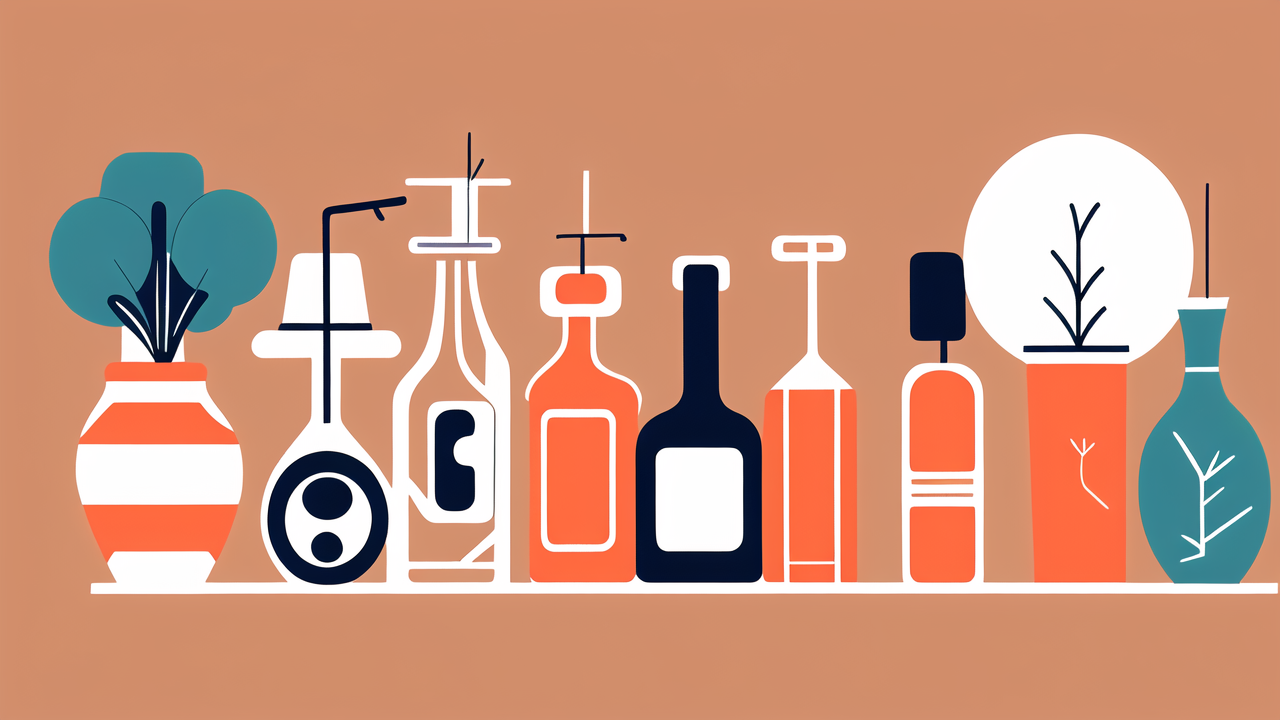Understanding Bongs: An Introduction to Australia's Iconic Smoking Accessories
The Origins of Bongs in Australia
Bongs have a long history in Australia. They first appeared in the 1960s. Hippie culture brought them from Asia. Early bongs were simple. They were often made from bamboo or plastic bottles. These DIY bongs were cheap and easy to make. They quickly became popular among young Australians.

As time went on, bongs evolved. Glass bongs became more common in the 1970s and 1980s. They offered a cleaner taste and were more durable. Local artists began creating unique designs. This led to a distinctly Australian bong culture.
What Makes a Bong 'Australian'?
Australian bongs have unique features. They often use local materials like eucalyptus wood or opal. Many have designs inspired by Aboriginal art. Others feature iconic Aussie animals like kangaroos or koalas.
Size is another factor. Aussie bongs tend to be larger than those from other countries. This is due to the 'go big or go home' attitude common in Australia. The stem is usually longer too. This allows for cooler smoke.
Australian bongs also often have multiple chambers. This feature cools the smoke even more. It makes for a smoother hit. Many Aussie bongs are designed for outdoor use. They're sturdy and can withstand rough handling.
Analyzing the Top Bongs in Australia: What Sets Them Apart?
Design and Material: Classic vs. Cute
Australian bongs come in two main styles: classic and cute. Classic bongs are simple and functional. They're often made of clear glass or acrylic. These bongs focus on performance rather than looks. They're popular among serious smokers.

Cute bongs, on the other hand, prioritize aesthetics. They come in fun shapes and bright colors. Some look like animals or cartoon characters. Others have glitter or glow-in-the-dark features. These bongs are popular with younger users and collectors.
Materials vary widely. Glass is common for both classic and cute bongs. It's easy to clean and doesn't affect taste. Ceramic is another popular choice. It's durable and allows for intricate designs. Some bongs use silicone. This makes them nearly unbreakable.
Functionality and Usability: How Bongs Facilitate Smoking
Australian bongs are designed for ease of use. Most have a wide base for stability. This prevents spills and makes them harder to knock over. The mouthpiece is usually comfortable and ergonomic. This makes for a pleasant smoking experience.
Many Aussie bongs have ice catchers. These let users add ice to cool the smoke further. Some have percolators. These create bubbles that filter and cool the smoke. Both features make for smoother hits.
Cleaning is also considered in design. Many bongs come apart easily for cleaning. Some have removable downstems and bowls. This makes maintenance simpler. Easy cleaning means a better taste and longer-lasting bong.
Aesthetics: Why Bongs are More Than Just Utility Items
In Australia, bongs are often seen as art pieces. Many smokers display their bongs proudly. This has led to a focus on aesthetics. Bong makers compete to create the most beautiful or unique designs.
Some bongs feature intricate glasswork. These can include swirls of color or trapped bubbles. Others have elaborate sculptures as part of the design. These might be animals, plants, or abstract shapes. Some bongs change color when used. This adds an element of surprise and delight.
Custom bongs are also popular. Users can order bongs with personalized designs. This might include their name, favorite colors, or special symbols. Such bongs become treasured possessions, not just smoking tools.
The Future of Bongs in Australia: Trends and Predictions
The Evolution of Bong Designs Over Time
Bong design in Australia has come a long way. Early bongs were simple and functional. Today's bongs are often complex and artistic. This evolution reflects changing attitudes towards smoking. It also shows advances in manufacturing techniques.

In the past, most bongs were made by hand. Now, many use advanced manufacturing methods. 3D printing is becoming more common. This allows for intricate designs that were once impossible. It also makes customization easier and cheaper.
Materials have also evolved. While glass remains popular, new materials are emerging. Some bongs use high-tech plastics or metals. These offer durability without sacrificing style. We may see more eco-friendly materials in the future. Biodegradable plastics could become common.
The Impact of Regulation on Bong Manufacturing
Regulations have greatly affected the bong industry in Australia. Strict laws limit the sale and display of bongs. This has pushed many makers to focus on online sales. It has also led to more discreet designs. Some bongs now look like vases or other household items.
These laws have also sparked innovation. Makers are creating multi-use products. These can function as bongs but also have other uses. This helps them navigate legal grey areas. We may see more of these clever designs in the future.
Despite challenges, the industry continues to grow. Makers are finding new ways to market their products. Many now focus on the artistic value of bongs. This helps them appeal to a wider audience.
Predicting the Next Big Thing in the Bong Market
The future of bongs in Australia looks bright and innovative. We're likely to see more high-tech features. This could include built-in lighters or temperature control. Some bongs might connect to smartphones for customized experiences.
Sustainability will probably be a big trend. We may see more bongs made from recycled materials. Bongs that are easier to recycle could also become popular. This reflects growing environmental concerns among consumers.
Personalization will likely increase. 3D printing could allow users to design their own bongs. We might see bongs that can change color or shape on demand. The line between bongs and art pieces may continue to blur. The future of Australian bongs is sure to be exciting and full of surprises.










